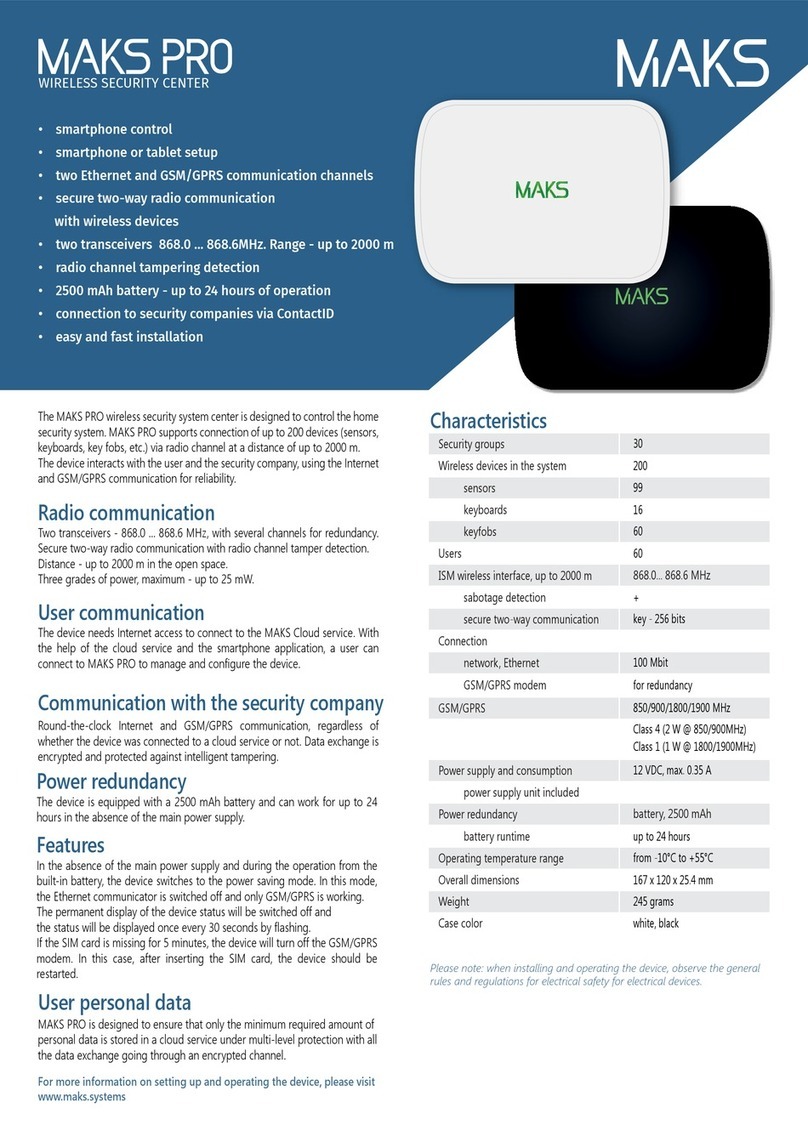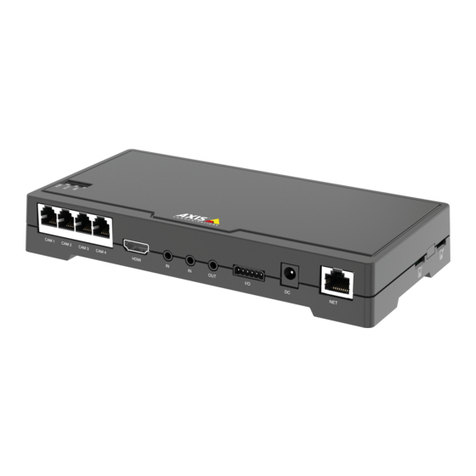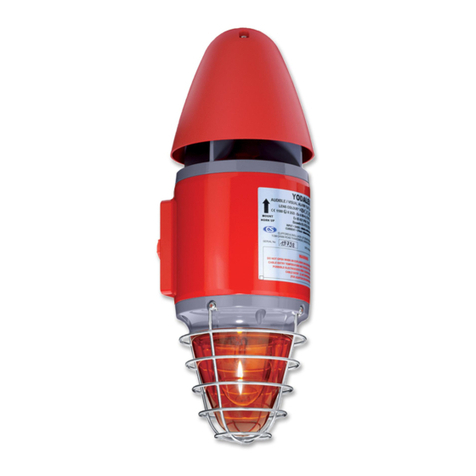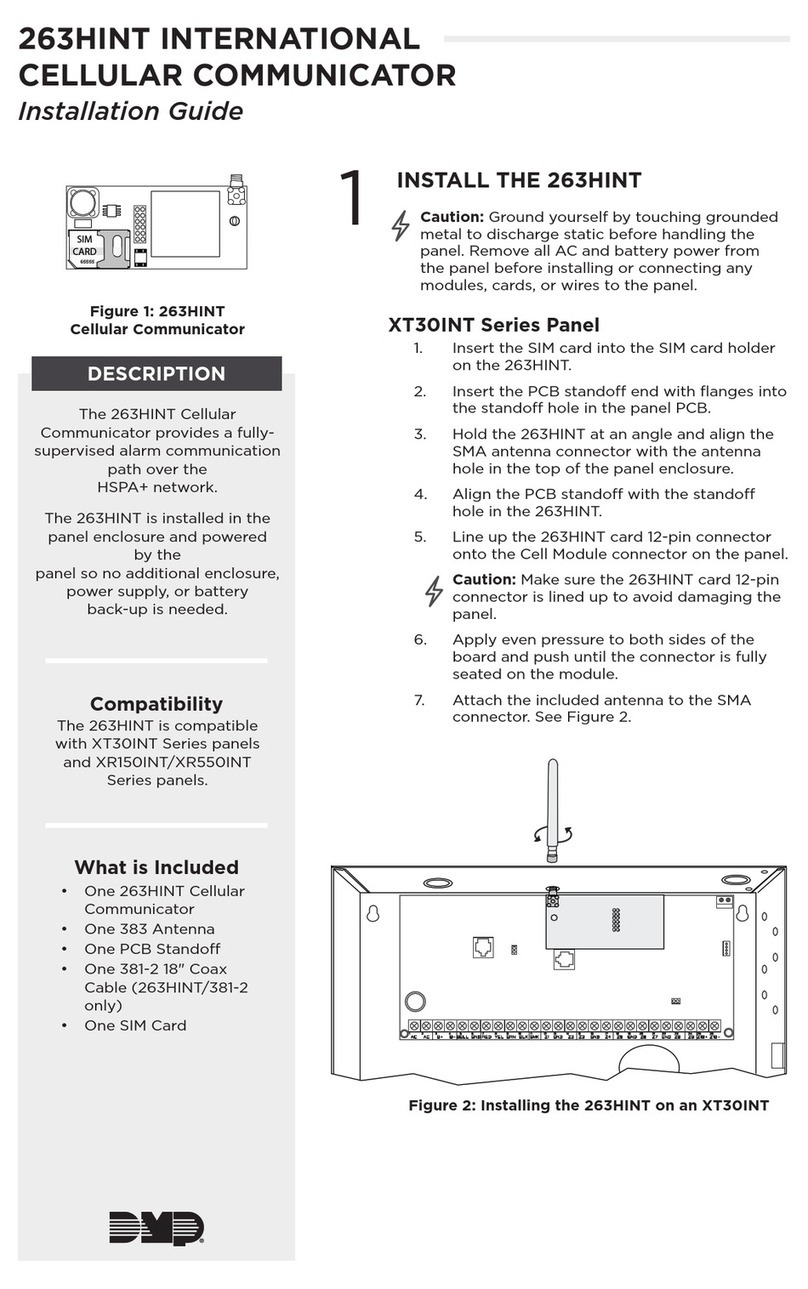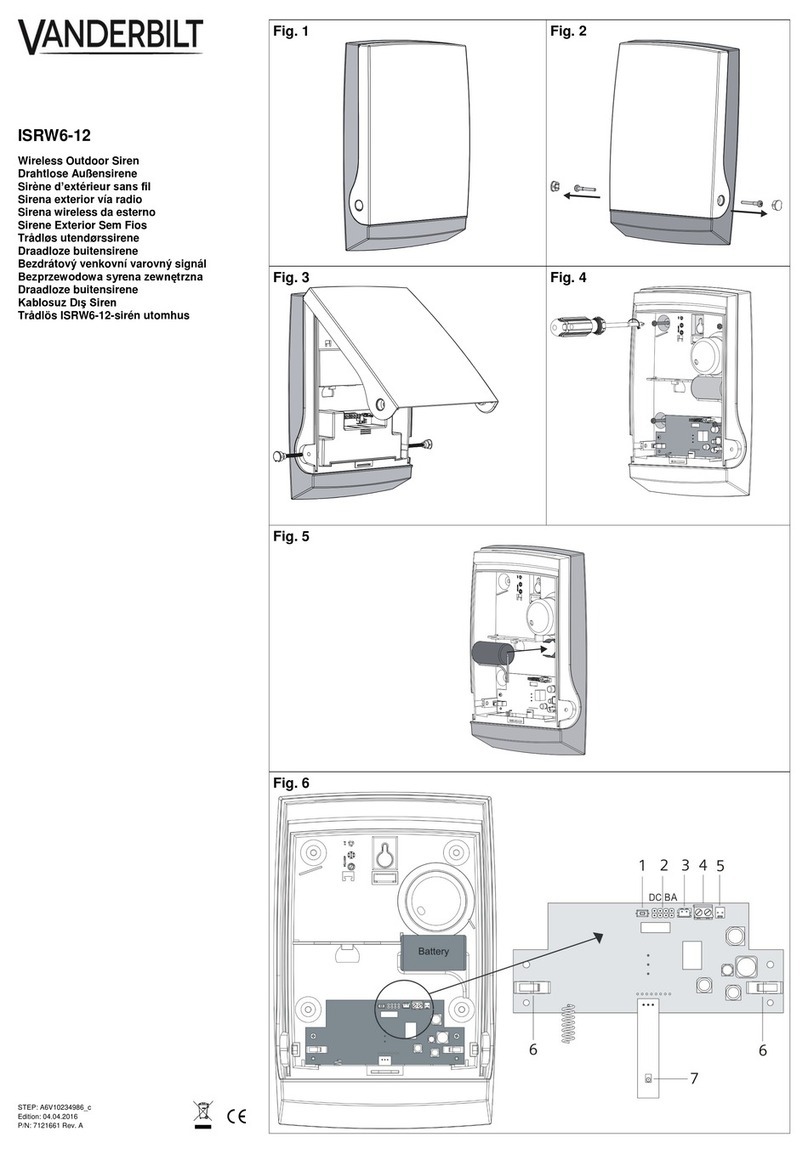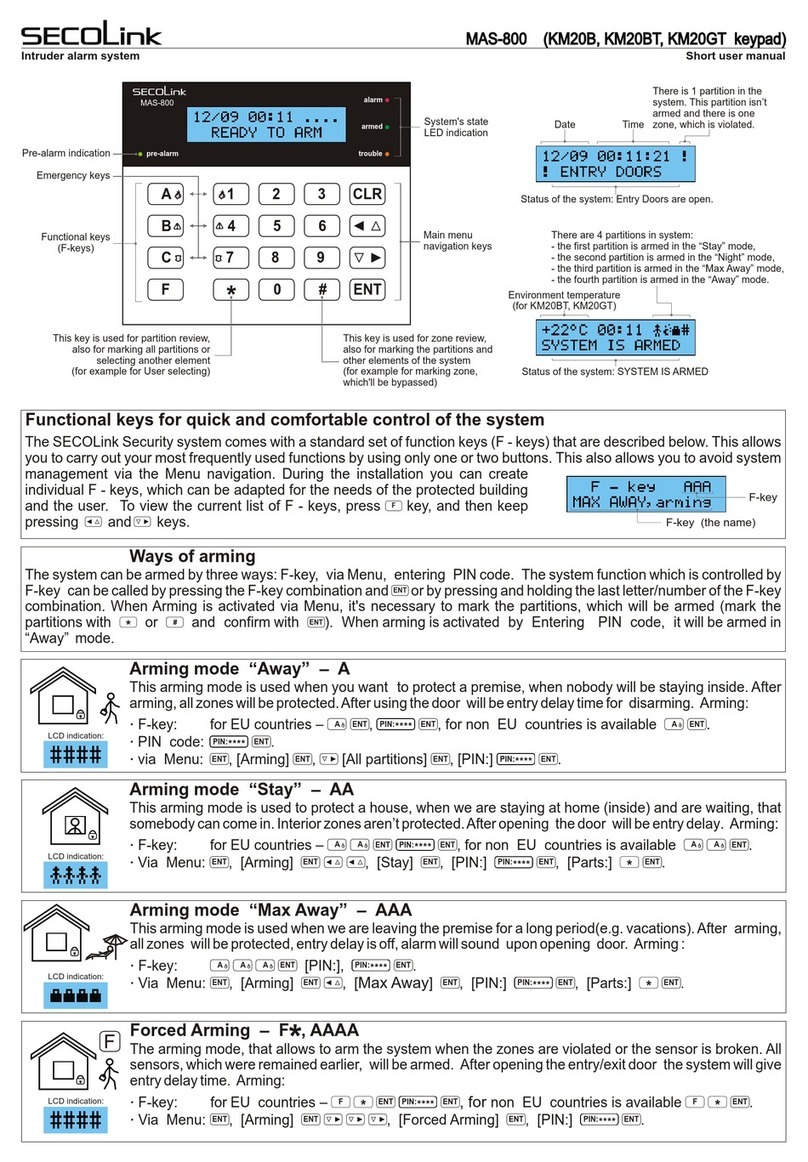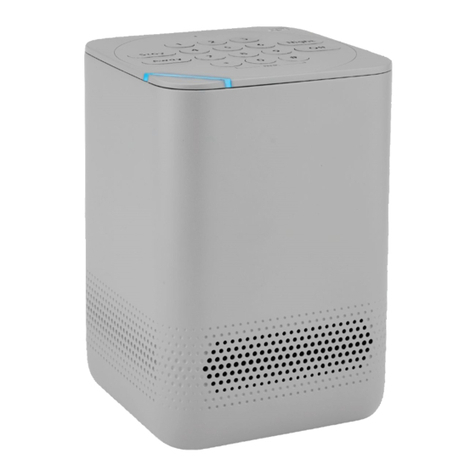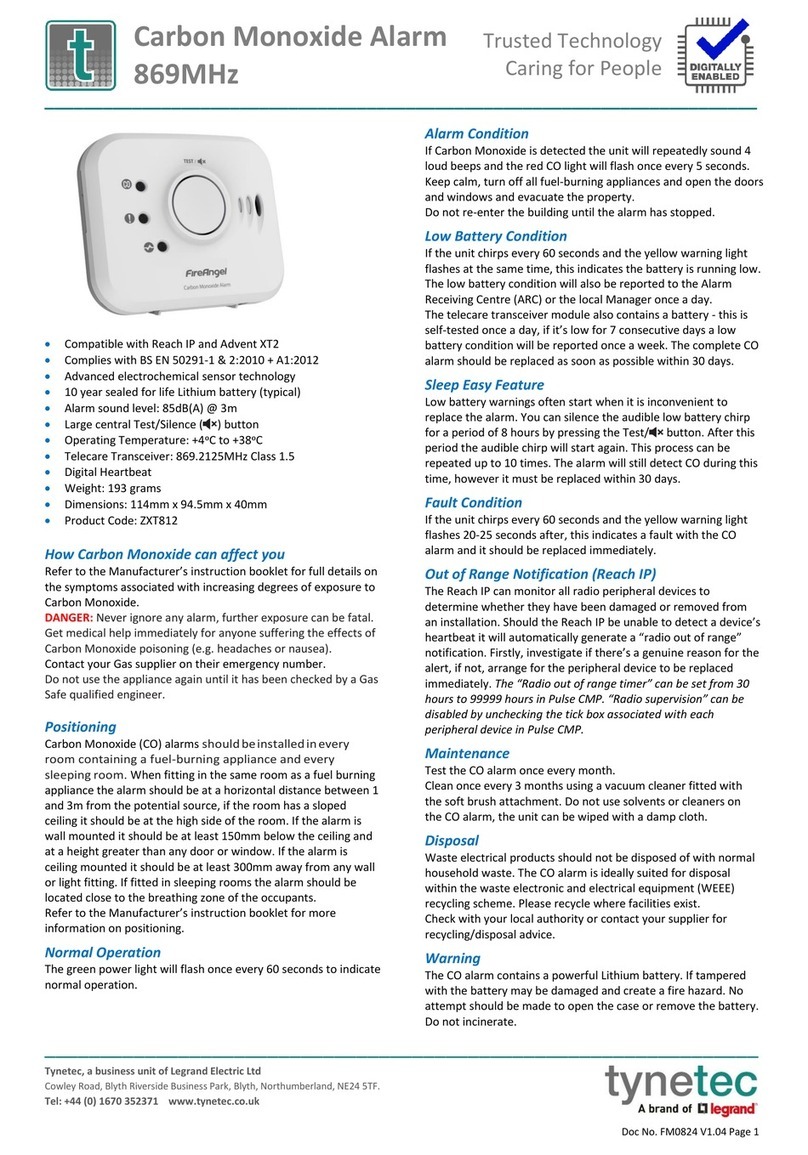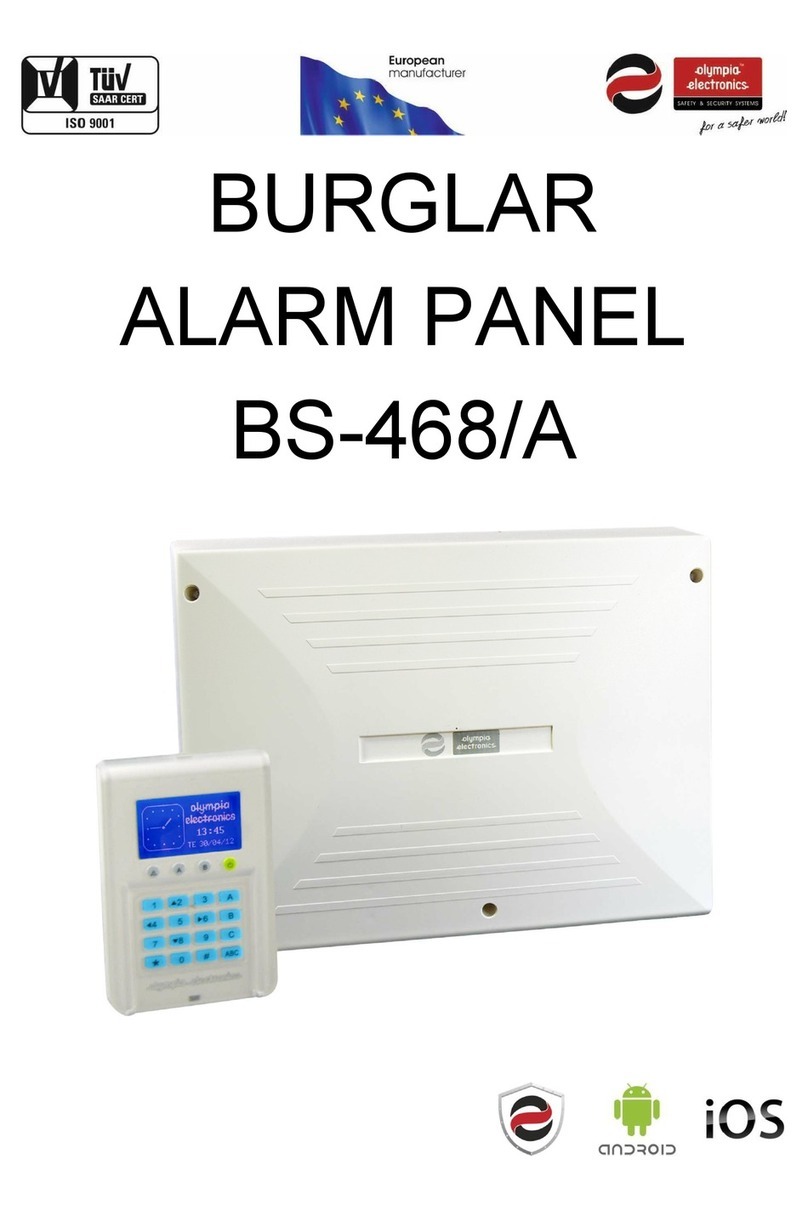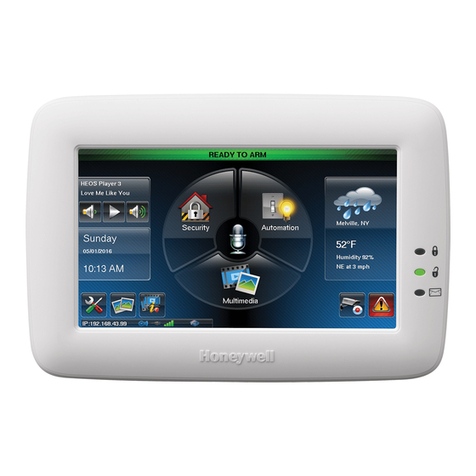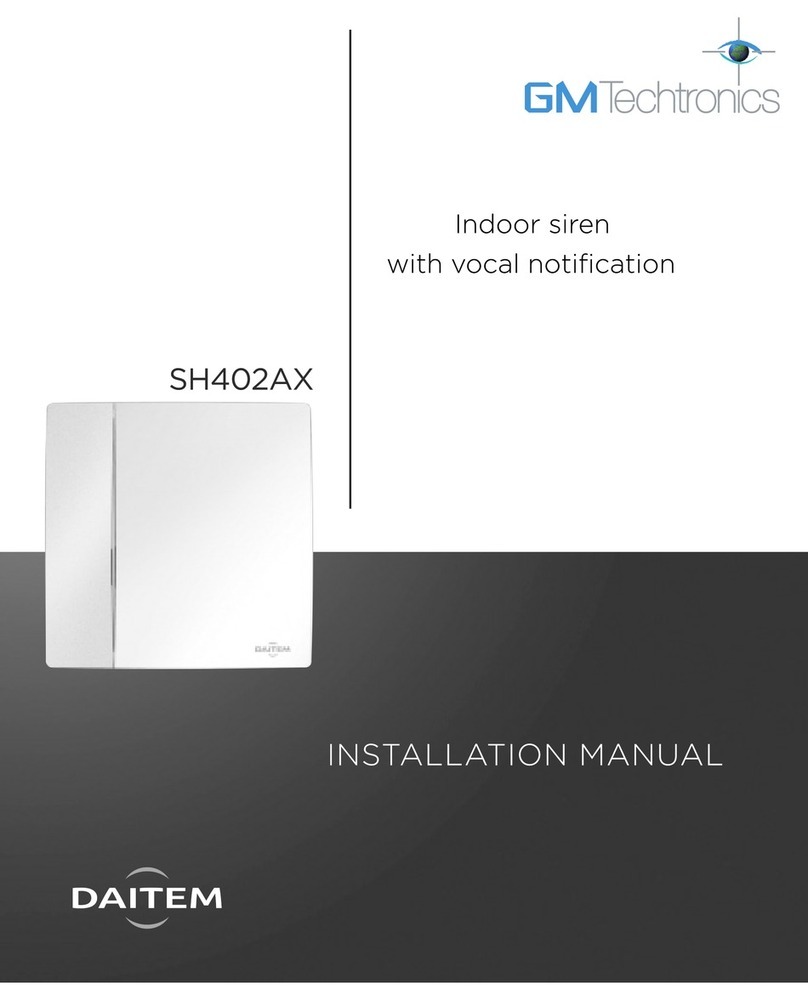GL GL-P102 User manual

GL-P102
Mains Powered Heat Alarm
ASSEMBLY & FITTING INSTRUCTIONS
Please read these instructions carefully before attempting to install this fitting.
It is advisable to keep these instructions in a safe place for future reference.
If this fitting is installed by a contractor, the contractor should ensure that the
customer has a copy of these instructions.
Description
The GL-P102 Heat Alarm is designed to be installed as part of a complete fire
protection system where smoke alarms are unable to be installed. The heat
alarm can rapidly detect incremental temperature.
Specification
Voltage: 220-240V AC
Backup: 9V Battery
Alarm Volume: >85dB at 3 metres
Alarm Sensitivity: 54°C to 64°C
Silence Time: Approx. 8 minutes
Interconnect: Max 40 alarms
Choosing a Location
Heat alarms are best suited to areas such as kitchens, laundry rooms, boiler
rooms and garages where dust, moisture and fumes can cause nuisance alarms
in heat alarms.
When a heat alarm is installed in a room they must be situated on the ceiling,
preferably in the centre of the room. They should be installed no further than
5.3m away from any wall or door.
As doors and other obstacles can interfere with the path of heat to an alarm,
it is recommended to install an alarm both sides of such obstruction in order
to compensate.
In an emergency, a substantial increase in warning time can be achieved by
using a complete fire protection system. (PTO see Fig 1)
Heat alarm does not sound when tested Check AC power is turned on.
Turn off the power. Remove the heat alarm from the plate and check the
connector plug is securely attached.
Remove heat alarm from bracket and check the battery is connected
properly.
If there are still failures, the fitting will need to be replaced.
Alarm chirps every 40 seconds at the same
time as the red LED flashes
The battery is low and must be replaced.
Alarm chirps and red LED flashes every
2 seconds.
See ‘Operation, Power Fault Indication
Condition’
Switch off power immediately.
Check all wiring of all alarms.
Test the interconnected alarms by pressind and holding the test button for
6 seconds.
If a fitting is damaged, it must be replaced.
Unwanted alarms Hire an electrician to move the heat alarm to a more appropriate location.
Interconnected alarms do not sound when
the system is tested
Press and hold the Test button for at least 5 seconds after the first unit
sounds.
Turn off the power and check the interconnecting wiring.
Should you experience any difficulty when installing this product, please call the
GL Helpline on 01905 610200
during normal office hours 8.30am to 4.30pm, Monday to Friday
Please note that this equipment and its components have NO user serviceable parts. GL tries to improve its products for the
benefit of its customers. For this reason we reserve the right to make any changes to any product at any time without notice.
GL Instructions GL-P102 Mains Powered Heat Alarm. Recognised by the NHBC and LABC.
©Green Lighting Ltd. 2023 www.gl-e.uk
Trouble Shooting
KM 715769
58.8mm
Ø14 0mm

Locations to Avoid
Where possible it is best to avoid the following locations
• Near fans, heaters, doors or windows
• In high humidity areas such as bathrooms or areas where
the temperature exceeds 39°C or falls below 5°C
• Less than 50cm from the peak of an A-frame or 30cm from a wall,
corner or light fitting (150cm from fluorescent light fittings)
• In excessively dusty or dirty areas, as this can impair
the performance of the alarm
• In an area where testing or maintenance would be
hazardous (e.g. over stairwell)
• Near ceiling decorations that may impede the path
of heat to the alarm
• In poorly constructed ceilings
Interconnecting Smoke and Heat Alarms
GL’s smoke and heat detectors are capable of being
interconnected, wired together so that if one alarm
is activated then all the alarms which are linked on
the circuit will also sound.
These are triggered by a 9V signal applied to the
interconnect terminals in the connected alarms.
The maximum wiring length between alarms is 150m
and a maximum of 40 alarms can be interconnected
on the same circuit.
The interconnected alarms must be on the same circuit
and share a common Neutral to operate. [See Fig. 2]
Installation
The alarm must be installed with dust cover still attached.
Removing the dust cover early will void the warranty.
1. Wire the fitting to the mains using the wiring diagram.
[See Fig. 3]
L: Live (Brown)
E: Earth (Green & Yellow)
N: Neutral (Blue/Grey)
IC: Interconnect (Black)
Incorrectly wiring the Live or Neutral wires to the
Interconnect will damage all alarms on the circuit.
This will void the warranty.
2. Close the terminal cover.
3. Screw the backplate to the mounting surface
using appropriate fixings. [See Fig.4]
4. Clip alarm onto the backplate.
5. Push down red tab and insert 9V battery.
Note the fitting will not close without a battery installed
and attempting to do so will damage the fitting.
6. Close the fitting and turn on the mains power.
7. Check Green and Red LEDs
• Green indicates power to the fitting
• Red flash every 40 seconds indicates the fitting is working properly.
8. To finish installation, check the fitting is working by pressing the Test/Hush button.
9. Once all building work is complete and the property is occupied, remove the dust cover.
Doing so beforehand will damage the fitting and void the warranty.
Testing
The fitting must be tested weekly by pressing the Test button on the cover. This will sound the alarm if the fitting is working
correctly. If the alarm does not sound the fitting has faulty batteries or other faults.
To test interconnected alarms, the button must be pressed and held for 6 seconds. Once the test button is released the
alarm will stop and all interconnected alarms will sound for a further 3-4 seconds, to show that they are connected and
working properly.
You must never use an open flame to test your alarm as this could damage the alarm or ignite combustible materials.
Operation
Alarm Condition
When the alarms are triggered, they will follow the patterns below
Normal Condition
In normal operation the green LED will always be on and the red LED flashes every 40 seconds.
Power Fault Indication Condition
If the fitting is wired incorrectly, or another power fault occurs, the fitting will chirp and flash red every 2 seconds.
In this scenario, turn off the mains power immediately. Check all wiring and replace any damaged by incorrect
wiring fittings.
Low Battery Condition
The heat alarm must be installed with a 9V battery with enough capacity to operate correctly. This battery should last at least
5 years under normal operation when connected to mains power.
If the alarm enters low battery mode, the alarm will flash red and chirp every 40 seconds. You must then replace the battery
immediately, by removing the old battery, pushing down the red tab and inserting a new 9V alkaline battery.
The heat alarm will continue to warn of low battery for approximately 7 days, and failure to change the battery may result
in insufficient power during a real fire.
Sensor Fault Indication Condition
When a fault is detected with the alarm, the fitting will chirp every 40 seconds.
Alarm Silence
If your alarm emits a full alarm signal when you are not testing the fitting, you are being warned of a potentially dangerous
situation.
Once you have established that there is no ongoing emergency, you can use the alarm silence function on the triggered alarm
identified using Flash & Sound patterns shown in Operations section.
Do not block the vents or try to disable the alarm in any way, as this will remove your protection.
If the alarm silence has been used after a false trigger, the alarm will return to its normal operation within 8 minutes.
During that 8 minutes the red light will flash every 8 seconds.
Product Maintenance
In addition to testing the product weekly, the fitting must also be cleaned monthly in order to remove dust, dirt and debris.
This cleaning can be achieved by using a vacuum cleaner with a soft brush on all sides and covers of the heat alarm.
Do not attempt to remove the casing to clean inside as doing so will void the warranty.
To avoid contamination, the dust cover must remain on the fitting until all building work (including painting) is complete.
Removing the cover early could lead to damage to the fitting, causing false triggers and voiding the warranty.
Triggered Alarm Flash XXX X
Sound
Interconnected Alarms Flash XX XX XX
Sound
Long beep
2x short beep
XSingle flash
XX Double flash
Pause
Key
LIVE
NEUTRAL
Fig. 3
TWO storey dwelling Single storey, one sleeping
Single storey, two sleeping
Smoke alarms for limited protection
Additional smoke alarms for better coverage
Heat Alarms
Fig. 1
Fig. 4

